Ornamental grasses are some of the easiest plants to design with on the coast because almost every ornamental grass tolerates the salt spray and harsh winds off the ocean.
They look great massed, which is also a wonderful feature for the coast because massing plants helps the wind move up and over the plants without giving them a beating.
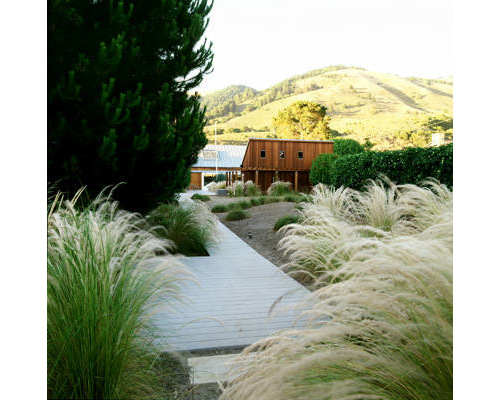

But the number-one reason to love using ornamental grasses in a coastal landscape is because they make the breezy atmosphere a real benefit. The wind catches their wispy leaves and creates a graceful sense of motion in the landscape.
The rolling look of the beige flowers evokes the shifting of the sand dunes or the whitecaps on the ocean. There’s no better way to reflect the beauty of the ocean in your landscaping then by using ornamental grasses, and these eight varieties will suit any coastal garden.
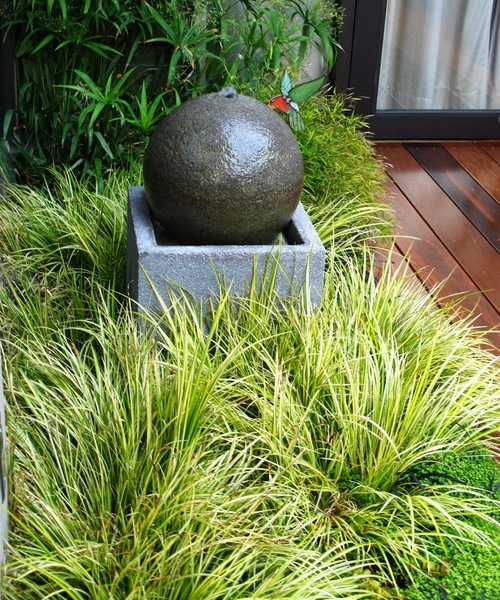

Mexican feather grass: Nassella tenuissima is a finely textured, loosely swaying grass that seems to fit with the weathered, natural look of the coast. They reach 3 feet tall and tolerate harsh coastal winds, lean sandy soil and little water once established. Cut them back to a height of 5 inches when the blades begin clumping together and looking like large dreadlocks.
California red fescue: Festuca rubra is native to California and makes an excellent lawn substitute in coastal areas. It holds the sandy soil down and takes little water or care to develop a flowing texture and healthy green look.
Flax grass: Phormiu comes in a wide array of colors and sizes, from dwarf foot-tall specimens to spiky monsters 8 feet tall. Most modern cultivars top out around 5 or 6 feet tall and wide. They’re available in colors such as bright red, gold, shiny black, cream-variegated and more. Because they have such wide blades, they make an immediate dramatic impact in the coastal landscape. While their blades can be damaged by wind, they are such vigorous growers that if you are willing to periodically thin out any damaged leaves, they will make a stunning showpiece plant for the coastal garden.
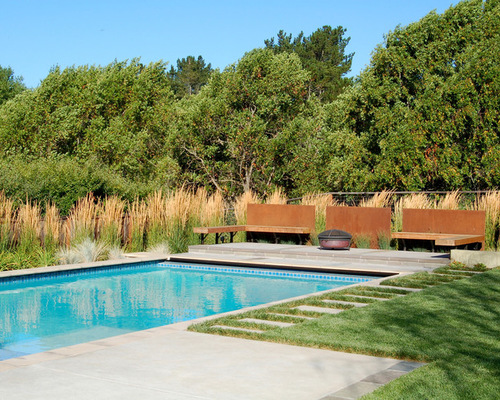

Golden sweet flag: Acorus gramineus or “Ogon” is one of relatively few ornamental grasses happy in partial or even full shade. The cheery golden color brightens up the shady side of a coastal landscape, and this grass tolerates salt winds with ease. Reaching only 2 feet tall and 3 feet wide, it’s happiest with regular water in the landscape and can even be used in a water feature or bog planting. Best of all, this easygoing plant is evergreen.
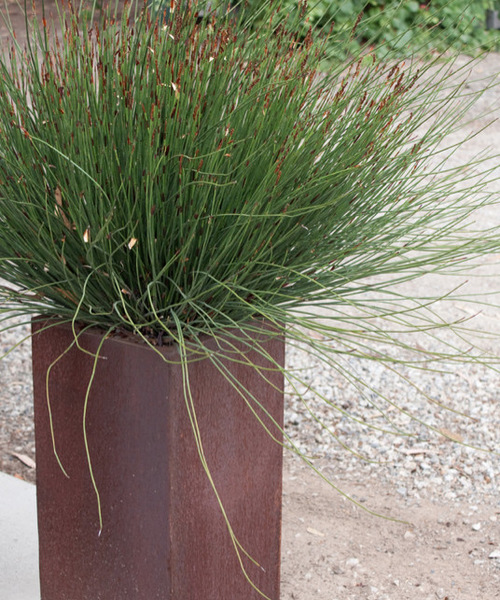

Feather reed grass: Calamagrostis x acutiflora “Karl Foerster” is an upright, slender grass with blonde flowers (shown) from late summer through early winter. Because it reaches 4 feet tall but only 2 feet wide, it can be an effective choice against the house or near pathways where a wider plant would overtake the space. Feather reed grass needs pruning only once a year in late winter or early spring before it begins to regrow. Cut it back to a height of 5 inches tall, and it will reward you with fresh new growth come spring and summer.
Cape rush: Chondropetalum tectorum is an easy-to-grow plant that tolerates a wide range of soils as long as it is watered regularly. It does well in full sun or with at least five hours of direct sunshine per day, and reaches about 4 feet tall and 6 feet wide. It fits in particularly well in modern coastal gardens because the dark brown (almost black) bracts and flowers make such a strong display with modern elements like rusty metal or black resin planters. It is evergreen and needs no pruning.
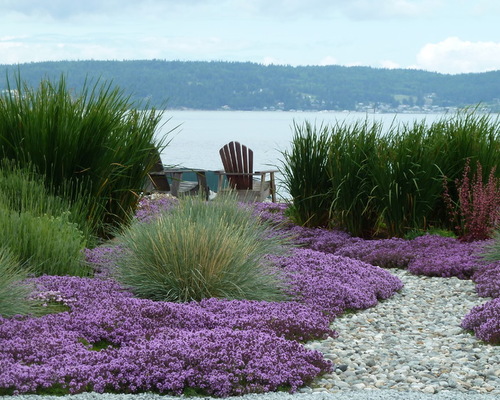

This landscape features two favorite coast-loving grasses. The smaller grass in the foreground is blue oat grass, Helictotrichon sempervirens, which is an evergreen sun-loving grass that demands good drainage but is otherwise unfussy. The only maintenance blue oat grass needs is to have its foliage combed every few months to remove the beige leaves. To comb, put on rubber gloves and run your fingers through the grass. The old leaves will stick to the rubber and come out easily.
The second type of grass in this shot is maiden grass, Miscanthus sinensis or “Gracillimus”. This grass reaches about 5 feet tall and wide, and so makes a bolder statement in the landscape. The purple flower plumes in fall are a wonderful accent when seen against a coastal sunset. Unfortunately, maiden grass isn’t evergreen and must be cut back to 6 inches tall in late winter or early spring.


